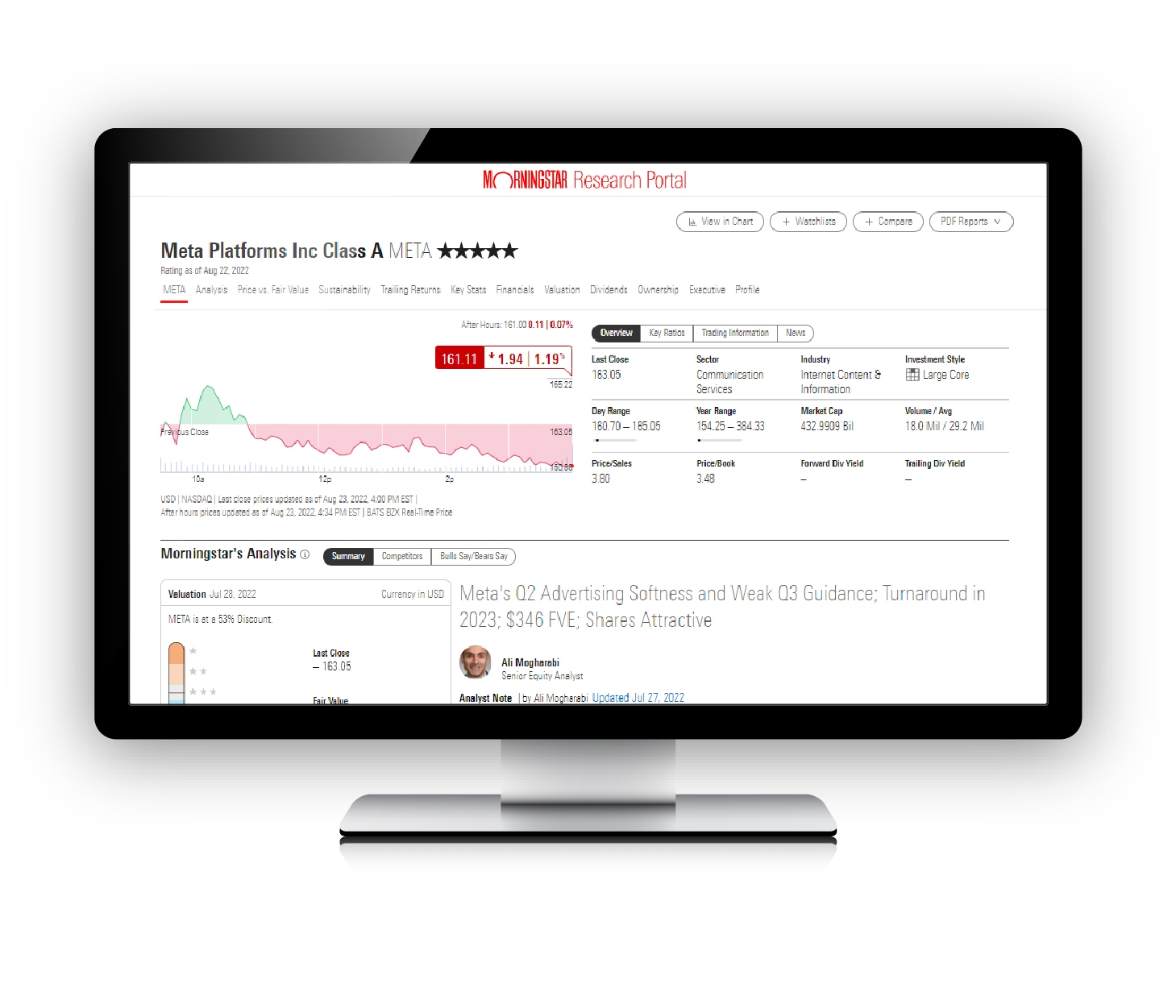UNREGULATED PRICING
Uniquely for a major market, drug pricing in America is unregulated. Prices are set through opaque negotiations between manufacturers, distributors, pharmacy benefit managers, and federal and state-government payers. Americans pay twice as much for their drugs as patients in most developed countries. Health-insurance payers, employers, and voters are keen to rein in costs.
PRICE REVIEW
Investors who want to limit drug-pricing risks in their portfolios can use environmental, social, and governance ratings to understand them. The U.S. government might pass legislation to lower prices, or cap price increases. Pressure could also come from government payers, PBMs, and ESG-focused investors. One innovation: case-by-case review of drug cost-effectiveness. The Institute for Clinical and Economic Review, a not-for-profit research organization, calculates value-based price benchmarks based on how much a drug improves lives.
REASSESSING RISK
Morningstar Sustainalytics has begun integrating ICER price benchmark data into the way it calculates pharmaceutical company ESG risk. ICER estimates that, at launch, less than one third of drugs are priced in a cost-effective range. Also, manufacturers increase the prices of many existing drugs at rates above the medical inflation rate, although there is some evidence that these increases have moderated in recent years.
VARIABLE PRICES
When compared against ICER’s price benchmarks, market prices vary considerably. Sanofi and Regeneron price the drug Dupixent at 97% of ICER’s price benchmark, earning them a favorable risk assessment. On the other hand, Amgen prices its drug Tezspire at 231% of ICER’s benchmark, and Johnson & Johnson prices its drug Stelara at 276% of the benchmark.
UNMANAGED RISK
Of the two companies, only Amgen’s ESG risk exposure increases. According to Sustainalytics, J&J demonstrates strong management of its pricing risks (through pricing policies and access programs, for example), resulting in low unmanaged risk overall. Amgen has a poor management record in relation to pricing and affordability issues.










